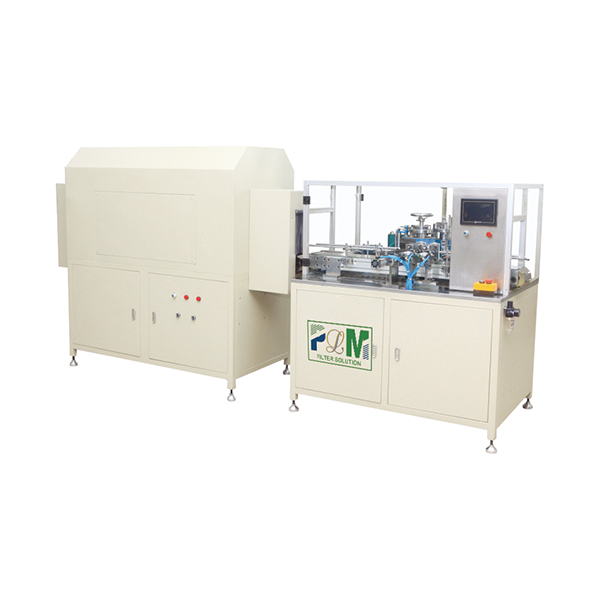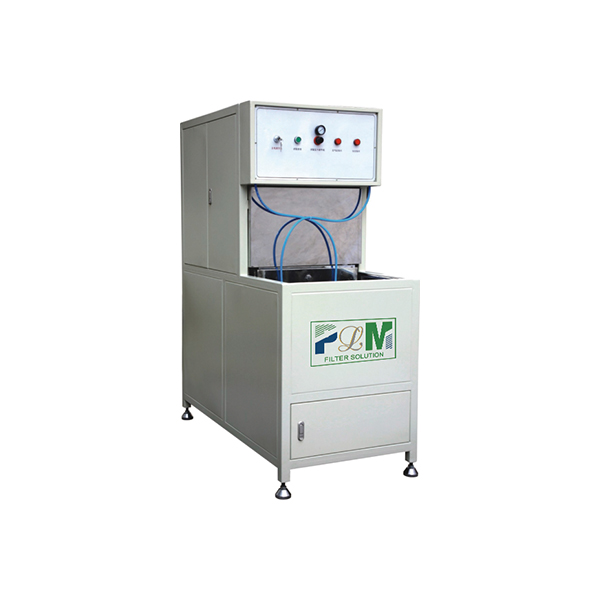Oct . 18, 2025 11:55 Back to list
Hot Melt Sticks: Fast-Bonding, Low-Odor, Industrial-Grade
Why hot melt sticks still matter (and the machine that makes them hum)
If you work anywhere near filter assembly, packaging, or quick-turn production, you already know the quiet power of hot melt sticks. Actually, the unsung hero in many plants is the dispenser behind them. Case in point: the PLRZ-250-8 Automatic Rotary Type Hot Melt Adhesive Machine (description on the label literally reads “PLRZ-250-8 Automatic Rotary Type Hot Melt Adhesive Machine 89”). Built in East of Anping County, Hengshui City, Hebei Province, China 053600, it’s a tidy, purpose-built platform that’s surprisingly versatile.

Industry trend, quick take
Short lead times, more SKUs, less waste—manufacturers are pushing toward tighter bead control and smarter dispensing. I’m seeing a shift from generic glue guns to rotary indexing stations that can dose hot melt sticks adhesives with PLC-level repeatability, plus data logging for QA. Not flashy—just practical.
Product specs (real-world ranges)
| Model | PLRZ-250-8 (Automatic Rotary Type) |
| Stations / Index | 8-station rotary table; servo-indexed |
| Throughput | ≈ 80–250 pcs/hour (real-world use may vary) |
| Adhesive types | EVA, PO; compatible with hot melt sticks feeding/convert |
| Melt temperature | 120–200 °C (closed-loop control) |
| Viscosity window | 800–5,000 mPa·s @ 175 °C |
| Bead width / accuracy | 1–5 mm; ±0.3 mm placement (operator- and substrate-dependent) |
| Tank / power | ≈ 8–15 L; 6–12 kW; 220/380V 50–60Hz |
| Air / safety | 0.6–0.8 MPa; CE-style guarding, E-stop, thermal interlocks |
How it runs (process flow)
- Materials: EVA/PO hot melt sticks or pellets, filter papers, nonwovens, cardboard, PP frames.
- Method: preheat tank → auto feed → rotary index → dispense bead/spiral/dot → press/seat → cool → unload.
- Testing: bead weight (±5%), peel per ASTM D903, lap shear per ASTM D1002/ISO 11339, visual AOI.
- Service life: heater/hoses ≈ 2–3 years; pump/nozzles ≈ 10–20M cycles; machine 5–8 years with PM.
- Industries: HVAC & HEPA filters, packaging lines, light furniture, automotive trim, appliance assembly.
Field data (typical)
On coated board, EVA bead showed 14–18 N/25 mm peel (ASTM D903), lap shear 2.5–4.0 MPa (ASTM D1002). Heat resistance touched 70–85 °C before creep; cold shock down to −20 °C without brittle failure. To be honest, actual numbers wobble with substrate treatment and line speed.
Customization options
- Nozzle sets: bead, spray, slot; multi-nozzle manifolds.
- PLC/HMI: recipe libraries, QR traceability, Ethernet/IP or Modbus.
- Vision-guided bead verification; inline scale for bead mass.
- Power and footprint tweaks for tight cells; UL/CE documentation packs.
Vendor snapshot (what buyers compare)
| Vendor | Lead time | Certs | Integration | Notes |
|---|---|---|---|---|
| PLRZ-250-8 OEM (Hebei) | ≈ 4–8 weeks | ISO 9001, CE-style docs | PLC open protocols | Strong value; filter industry focus |
| Vendor B (EU) | 6–10 weeks | CE, UL panels | Tight with MES | Higher price; strong service |
| Vendor C (US) | 2–6 weeks | UL 508A, CE on request | Plug-in kits | Great spares; premium cost |
Where it shines (and what users say)
- Filter assembly: neat beads on pleat tips; less squeeze-out, fewer rejects.
- Packaging: faster changeovers when swapping hot melt sticks formulations.
- Operators report the HMI “isn’t fussy,” and maintenance leads like the hose access. Many customers say the rotary indexing simplifies takt planning.
Mini case studies
- HVAC filters, Poland: OEE up 18%, adhesive waste down 22%, ROI in ~8 months.
- Carton sealing, Vietnam: bead accuracy improved to ±0.4 mm, glue spend down ≈9%.
Compliance and standards
Common references: ASTM D903 (peel), ASTM D1002 / ISO 11339 (lap shear), ASTM D1238 (MFI for thermoplastics), ISO 9001 QMS, CE Machinery Directive principles. For electrical panels, UL 508A is often requested in North America.
Authoritative citations:
- ASTM D903 — Standard Test Method for Peel or Stripping Strength of Adhesive Bonds.
- ASTM D1002 — Standard Test Method for Apparent Shear Strength of Single-Lap-Joint Adhesively Bonded Metal Specimens.
- ISO 11339 — T-peel test of flexible-to-flexible bonded assemblies.
- ASTM D1238 — Melt Flow Rates of Thermoplastics by Extrusion Plastometer.
- ISO 9001 — Quality management systems requirements; CE Machinery Directive 2006/42/EC; UL 508A Industrial Control Panels.
Comprehensive Guide to Filter Caps: Applications, Benefits & Future Trends
NewsNov.24,2025Filter Paper: Essential Guide for Industry and Global Applications
NewsNov.23,2025Essential Guide to Filter Materials: Types, Applications, and Future Trends
NewsNov.22,2025Efficient Long Pulse Dust Collector Pleated Filters for Superior Industrial Air Quality
NewsNov.22,2025Professional Air Filter Making Machine – Efficient Air Filtration Production Solutions
NewsNov.21,2025PLAB-6 A/B Glue System-Hebei Filter Man|Precision&Adjustable Speed
NewsNov.21,2025






